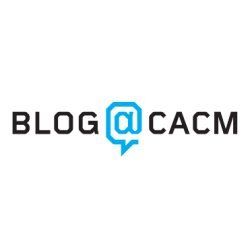Technical Perspective: Schema Mappings: Rules For Mixing Data
Artificial Intelligence and Machine Learning
The Rise of the External Brain
Technical Perspective: Design Tools For the Rest of Us
Designing Plush Toys With a Computer
Maximizing Power Efficiency with Asymmetric Multicore Systems
Quantifying the Benefits of Investing in Information Security
Computing Journals and Their Emerging Roles in Knowledge Exchange
Steering Self-Learning Distance Algorithms
Internet Addiction: It’s Spreading, but Is It Real?
Deep Data Dives Discover Natural Laws
Student Research Competition at Grace Hopper
The Netflix Prize, Computer Science Outreach, and Japanese Mobile Phones
Unifying Biological Image Formats with HDF5
A Conversation with David E. Shaw
Probing Biomolecular Machines with Graphics Processors
Automated Support For Managing Feature Requests in Open Forums
Balancing Four Factors in System Development Projects
How Effective Is Google’s Translation Service in Search?
Shape the Future of Computing
ACM encourages its members to take a direct hand in shaping the future of the association. There are more ways than ever to get involved.
Get InvolvedCommunications of the ACM (CACM) is now a fully Open Access publication.
By opening CACM to the world, we hope to increase engagement among the broader computer science community and encourage non-members to discover the rich resources ACM has to offer.
Learn More












